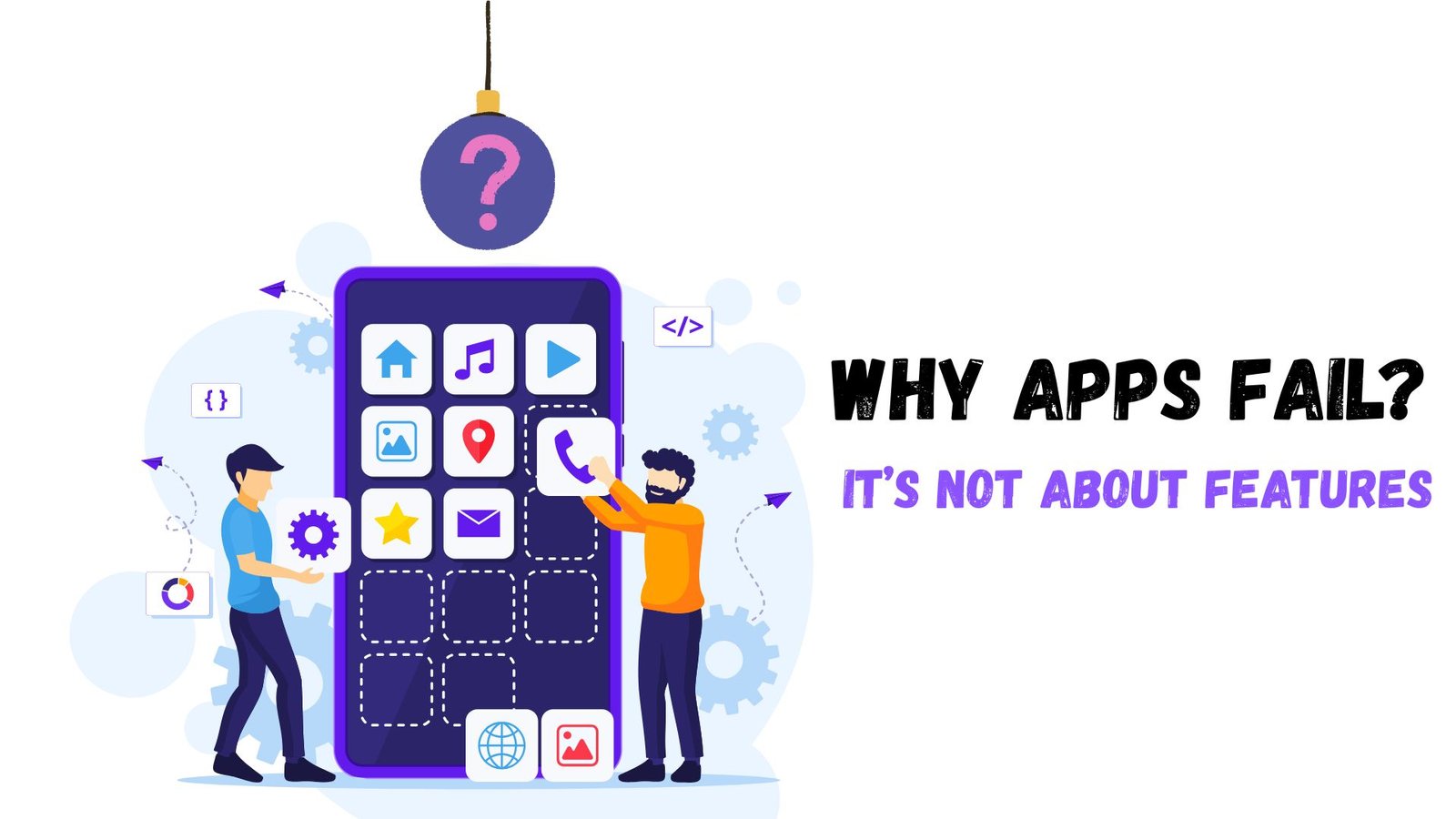Cybersecurity continues to be a major responsibility in the ever changing digital landscape. As we move into 2024, protecting your company’s assets, data, and reputation will need you to be aware of the most recent cybersecurity threats and to put strong defenses in place. Here are some tips to safeguard your company against the greatest cybersecurity dangers of the year.
- Overview of Advanced Ransomware Attacks
In 2024, ransomware will still pose a serious danger. More advanced tactics are being used by attackers, such as double extortion tactics, in which they encrypt data and threaten to reveal private information if the ransom is not paid.
Strategies for Protection:
- Frequent Backups: Make sure to keep regular, encrypted backups of your important data, and make sure they are offline.
- Employee Education: Train staff members to spot social engineering and phishing scams.
- Advanced Threat Detection: Use endpoint detection and response (EDR) and next-generation antivirus software.
2.Overview of Supply Chain assaults
As company networks become more integrated, supply chain assaults are becoming more common. Cybercriminals obtain access to their clients’ systems by taking advantage of flaws in software or third-party vendor systems.
Strategies for Protection:
- Vendor Risk Management: Evaluate your partners’ and vendors’ cybersecurity policies. Make sure they follow strict security guidelines.
- Network Segmentation: To lessen the impact of a possible intrusion, isolate important systems and data.
- Regular Audits: To find and fix vulnerabilities, periodically conduct security audits of your supply chain.
- Cyberthreats Powered by AI
Cybercriminals are using artificial intelligence (AI) to automate and improve their attacks. AI can create phishing emails that are convincing, find holes more quickly, and carry out attacks that are more successful.
Protection Strategies:
- AI-Based Security Solutions: Make use of security products powered by AI that can instantly identify and neutralize complex threats.
- continual Monitoring: Put in place methods for continual monitoring in order to spot suspicious activity and any dangers.
- Cyber Hygiene: Patch and update software on a regular basis to reduce vulnerabilities that could be exploited by AI-powered assaults.
- Vulnerabilities related to the Internet of Things
As IoT devices become more common, they bring with them new security risks. Because many IoT devices lack strong security features, hackers find them to be appealing targets.
Strategies for Protection:
- Best Practices for IoT Security: Modify the default password on your device, turn off any unused functions, and make sure security fixes are applied on a regular basis.
- Network Segmentation: To restrict IoT devices’ access to vital systems, put them on a different network.
- Vendor Vetting: Select Internet of Things (IoT) gadgets from reliable suppliers who provide robust security assistance.
- Zero-Day Exploits
Zero-day exploits aim to take advantage of undiscovered flaws in hardware or software. These vulnerabilities provide a serious risk because they have not yet been patched.
Strategies for Protection:
- Threat Intelligence: Use threat intelligence services to stay up to date on new threats and weaknesses.
- Patch Management: To implement updates as soon as they are issued, put in place a strong patch management procedure.
- Application Whitelisting: Limit the ability of illegal apps to run in order to lower the possibility of exploitation.
- Attacks Using Social Engineering
Social engineering techniques coerce people into disclosing private information or doing activities that jeopardize security. These assaults have the potential to be quite specific and tailored.
Strategies for Protection:
- Security Awareness Training: Provide staff members with regular training on safe procedures and the most recent social engineering techniques.
- Multi-Factor Authentication (MFA): Turn on MFA to bolster security and make it more difficult for hackers to obtain unauthorized access.
- Phishing Simulations: Test and reinforce staff members’ comprehension of how to identify and react to phishing attempts by holding simulated phishing exercises.
Conclusion
In order to effectively navigate the changing cybersecurity landscape of 2024, businesses need to continue being proactive and alert in their defense plans. It is possible to safeguard your company against possible security breaches and lessen the effects of cyberattacks by being aware of the top dangers and putting strong security measures in place. By making an investment in cybersecurity now, you can guarantee your company’s durability and resilience in an increasingly digital environment.



